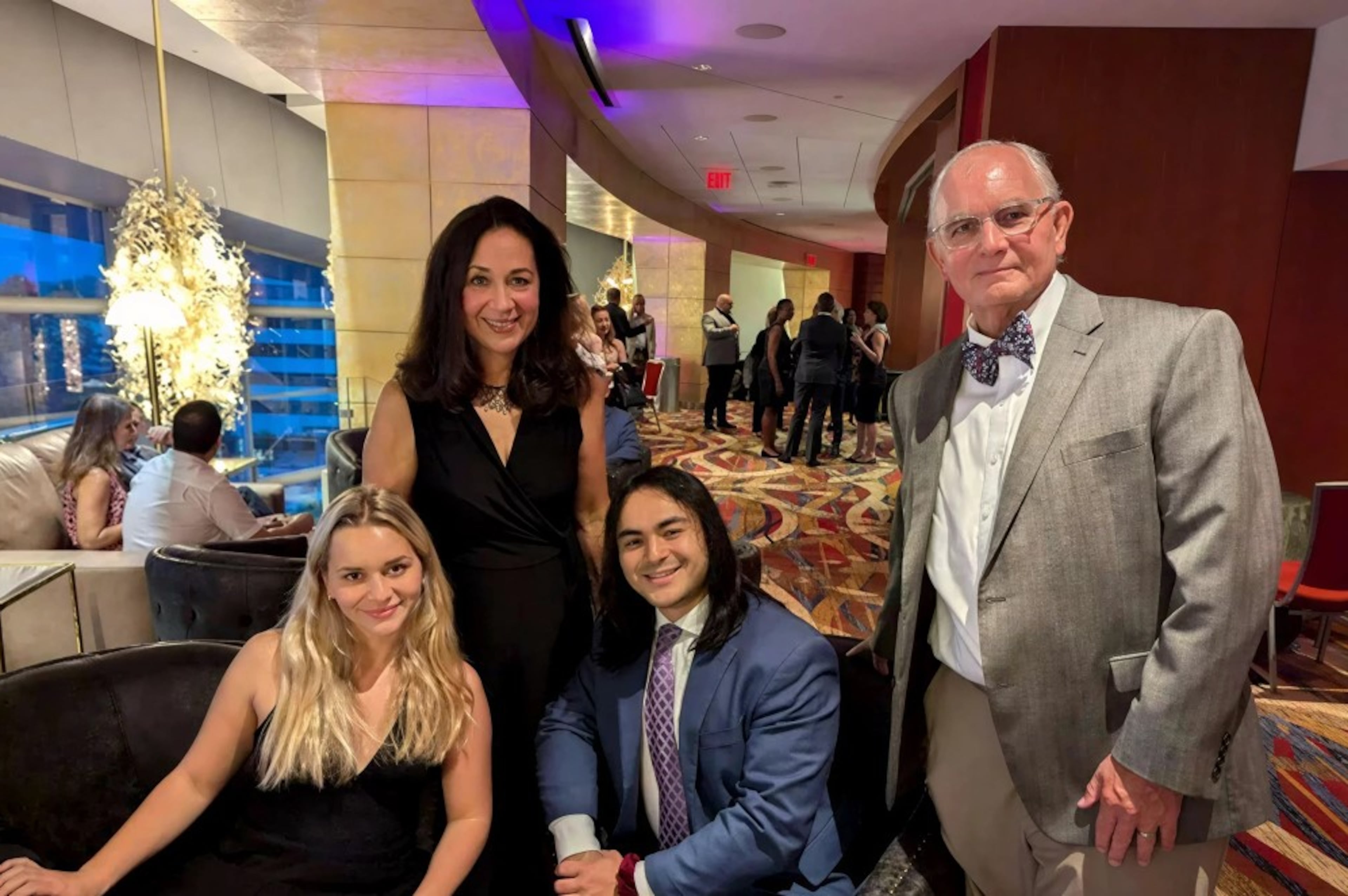At three Atlanta museums, Black women present inspiring solo exhibitions
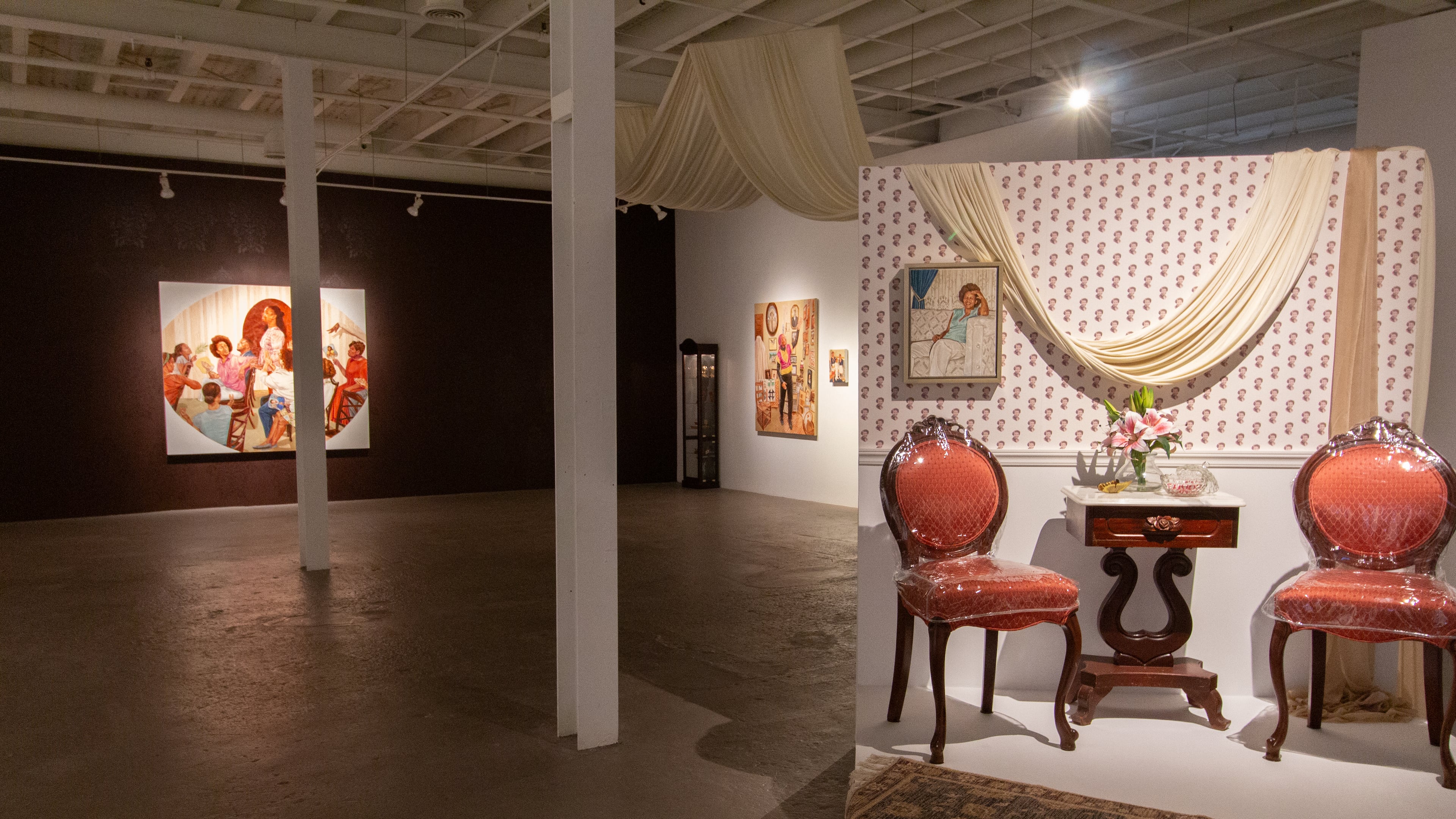
This story was originally published by ArtsATL.
This fall, three standout Black women artists are highlighted at museums across Atlanta. The late Nancy Elizabeth Prophet’s works are presented in “I Will Not Bend an Inch” at Spelman College Museum of Fine Art; Ayana Ross’ Working Artist Project exhibition “Saving Our Sacred Selves” is open at Museum of Contemporary Art of Georgia; and Shanequa Gay’s exhibition “Ancestral Mirrors” is on view at Clark Atlanta University Art Museum.
It is perhaps no surprise to see such a strong representation of Black women in our museums this autumn, given that Atlanta remains a predominantly Black city. But it still feels inspiring and awesome to see these women, especially ones with such strong ties to Atlanta, own their space and really show up and show out.
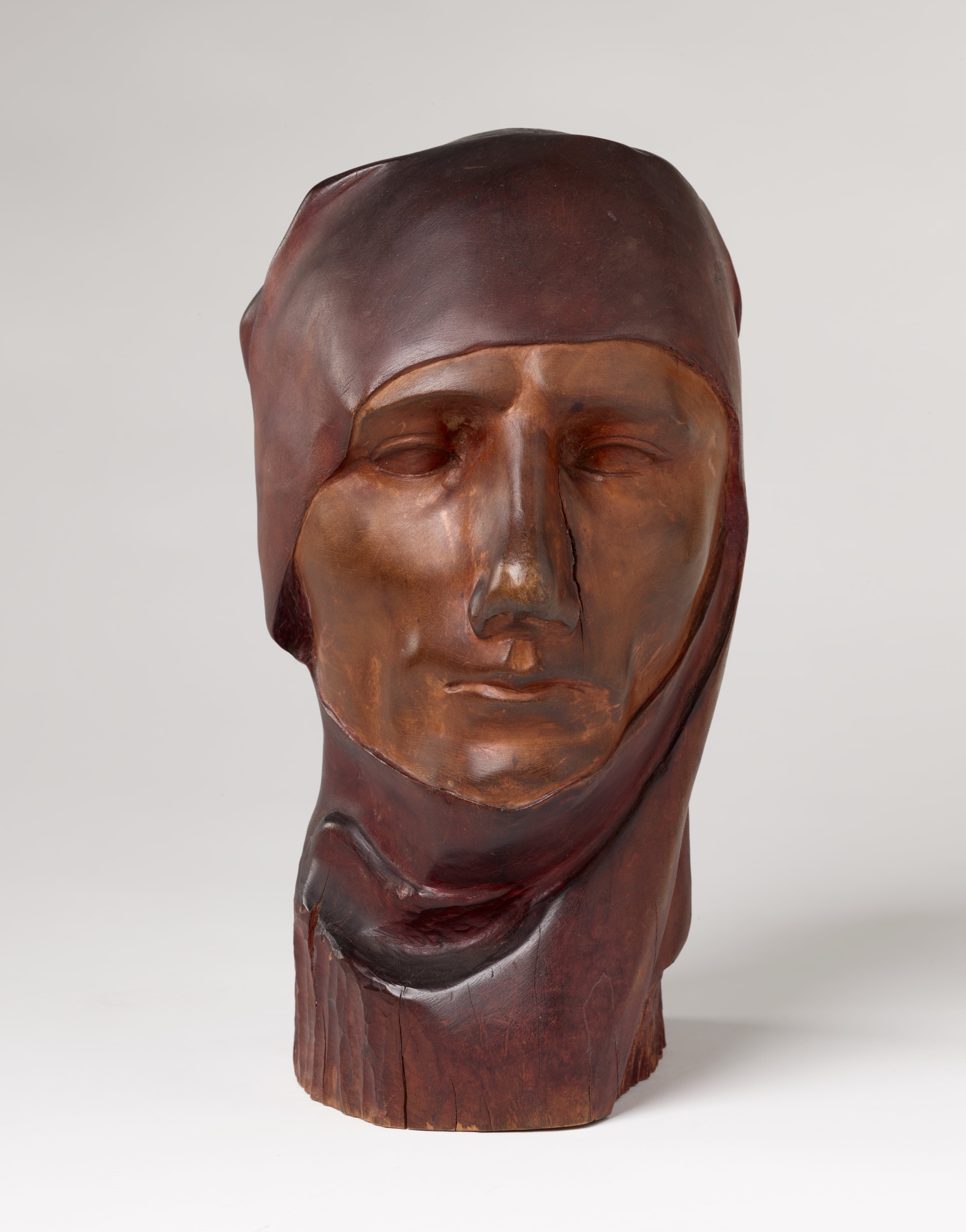
Nancy Elizabeth Prophet at Spelman College Museum of Art
Nancy Elizabeth Prophet, who gained notoriety as the first woman of color to graduate from the Rhode Island School of Design and later attended L’Ecole des Beaux-Arts in Paris during the early 1920s, is a sculptor who led a nontraditional life that took her from Rhode Island to Paris and later to Atlanta, where she taught at college.
Continuing through Dec. 6 at Spelman, “I Will Not Bend an Inch” begins with a timeline documenting major moments in the artist’s life, including a span of three years in which she had to move three times to find more affordable housing. How relatable.
The exhibition is dominated by sculpture but provides some two-dimensional artworks as well — a few watercolors and process sketches. The sculptures, nearly all of which are busts, are created varyingly from bronze and wood. One particularly fantastic artwork is “Negro Head” (ca. 1924). A log of cherry wood stands vertically, its top carved into a person’s visage. With a surface polished so smoothly as to resemble real human skin, the artwork shows Prophet’s mastery of skill with chisels. However, it is the smaller details that make this sculpture sing. The bottom of the cherry wood preserves its bark, making it seem as if this portrait has emerged from the wood rather than being mined from it.
While portraits have long been the subject of sculpture, it is timeliness and skill that make this exhibition most powerful. Sculpture in the United States during the 20th century was dominated by white men, and Prophet’s exhibition here expands the canon, showing clearly that Black women are as capable of the same artistic feats as their white male counterparts. While, during her life, the artist was often rejected and dismissed because of her race, Prophet’s enduring legacy of artistic prowess proves there is always more to history than meets the eye.
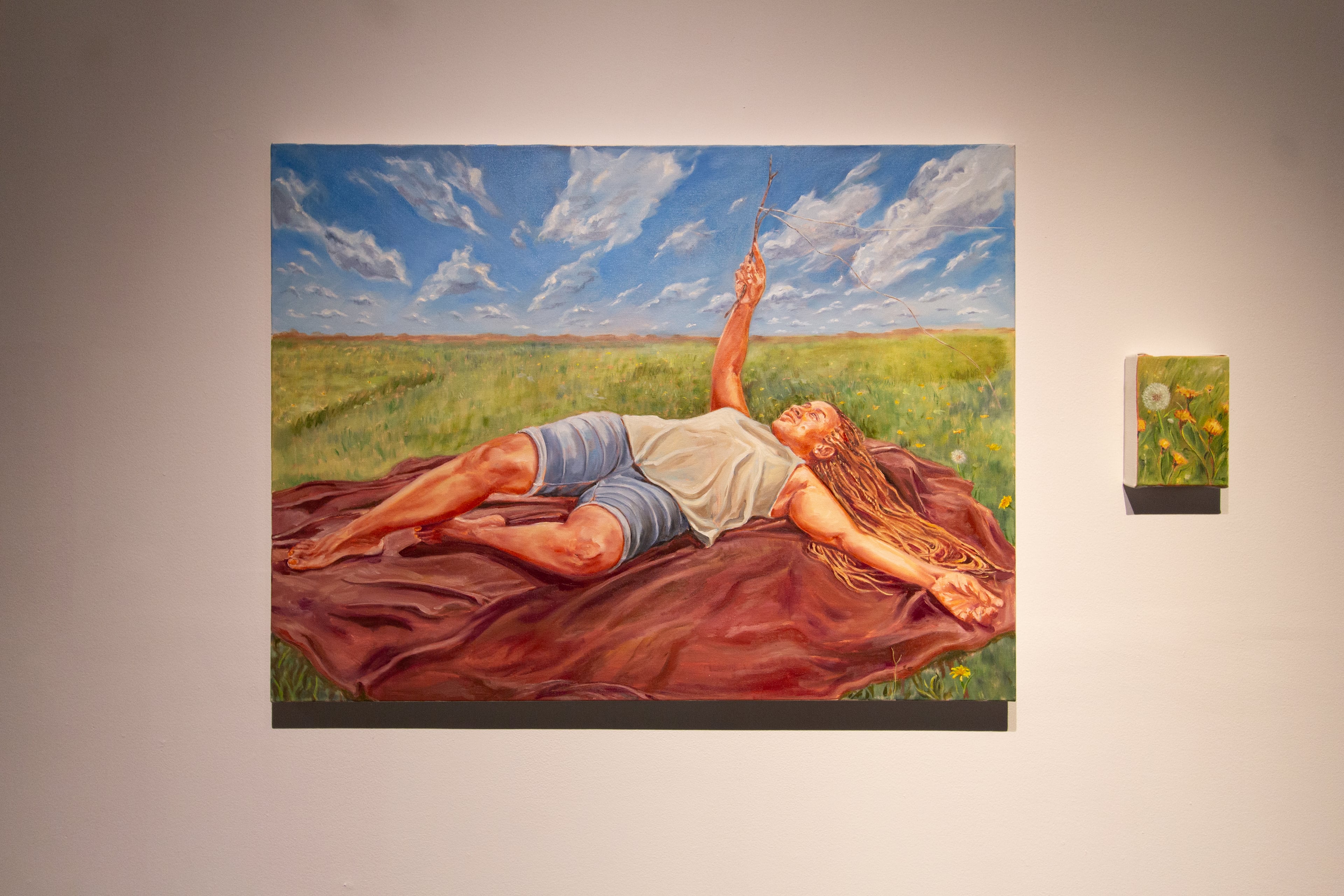
Ayana Ross at Museum of Contemporary Art of Georgia
Ayana Ross’ Museum of Contemporary Art of Georgia exhibition “Saving Our Sacred Selves” (through Oct. 25) is truly resplendent. The exhibition text asserts that the large-scale narrative paintings, tonal portraits, landscapes and domestic objects “emerge to present a visual and spatial introspection of daily life and the translation of those moments to the larger narrative of cultural exploration.”
If I could summarize this exhibition in two words, they would be “burnt sienna.” The color, which Ross uses in every painting on view, serves as an exhibition through-line. Perhaps it is flesh and blood, perhaps the human spirit, or perhaps it is simply a warm, comforting color. Regardless, its continual use throughout places each painting within the same universe, as if every one is a different scene of the same story. At the same time, a woman lounges in a field in “Woman in the Garden” (2025), another woman experiences spiritual transcendence in “When She is Lifted” (2025).
Beyond the wonderful use of color and paint, the beauty of this exhibition is its simplicity. While the scenes represent slices of everyday life, here they seem to radiate with energy, exalting the everyday subjects within.
Walking through this exhibition is nothing short of a religious experience — a feeling reinforced by the paintings of praying hands, such as “Hands of Praise” (2025). Ross shows that we need to look no further than our daily lives to find solace; everything we need for a beautiful life is already with us.
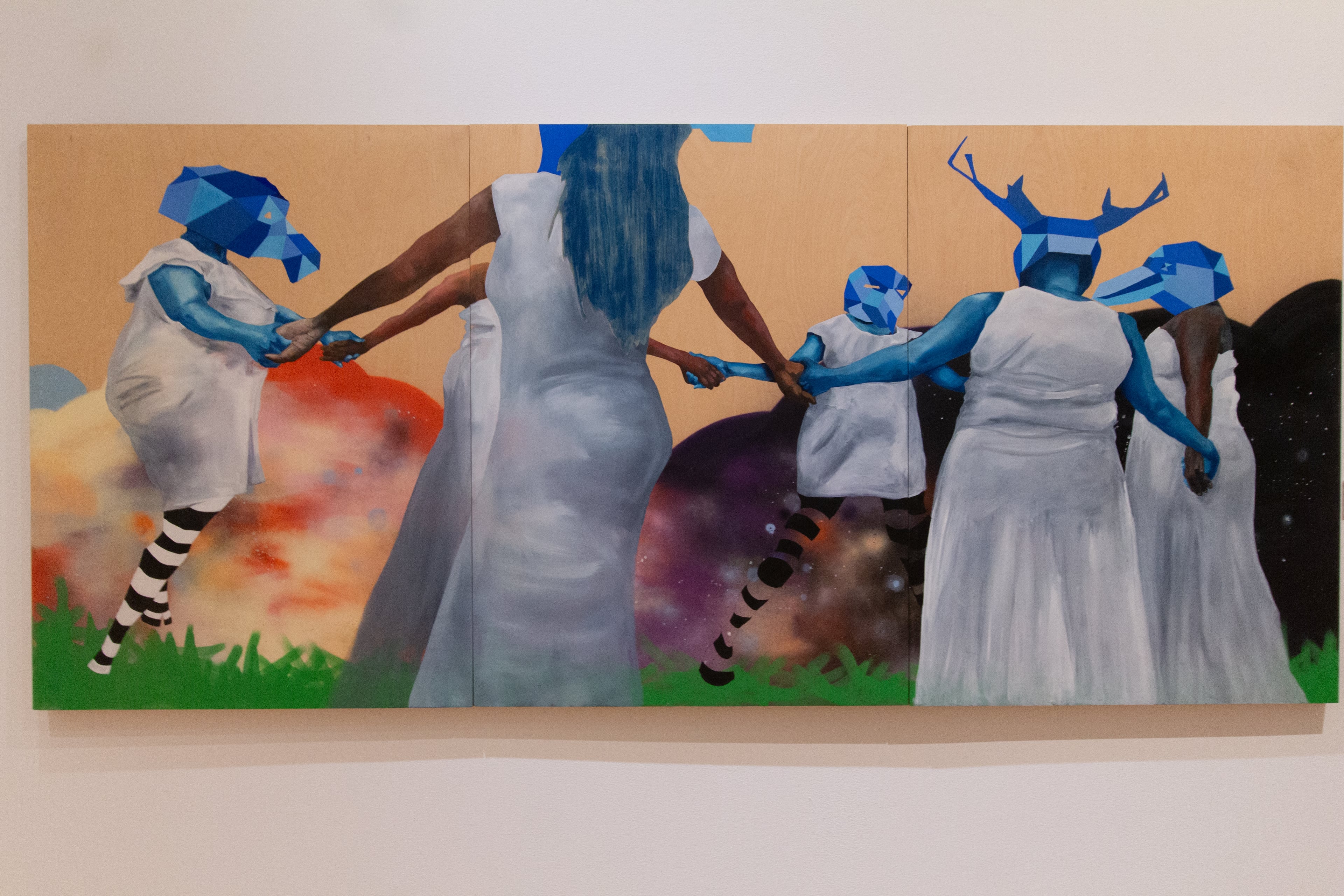
Shanequa Gay at Clark Atlanta University Art Museum
At Clark Atlanta, Shanequa Gay’s solo exhibition “Ancestral Mirrors” (through Dec. 6) continues the exploration of the immaterial world.
Haint blue is a color Southerners know well. The color traditionally is painted on the ceiling of entryways, serving as a portal to the sky through which evil spirits may escape and thus protecting the household from misfortune. Blue, especially in the South, is a most spiritual color. It should be no surprise, then, that Gay’s exhibition, which is a metaphysical exploration of intergenerational exchange, is replete with shades of blue.
This exhibition serves as a sort of retrospective for the artist, with artworks ranging from multiple years and various mediums — textiles, painting, video and photography all make appearances. But rather than merely serving as a survey of Gay’s work, this exhibition speaks to the occult. Gay is known for her chimera-like figures — part-human, part-animal hybrids that frequently sport masks, occluding their faces. Throughout this exhibition, these creatures dance with Black women, sometimes literally as seen in “Healing Circle” (2019). Their appearances, regardless of the medium, interconnect every piece, as if each artwork is a talisman used to summon their appearance.
As these spirits permeate the artworks, they serve as important reminders that we are never truly alone. Each one of us is part of a family line, and that lineage lives inside us. Relinquishing ourselves to matrilineage actualizes us. The title of one of Gay’s artworks puts it best: “I am she, she is me, we are us … whatever happens to you happens to me.”
ART REVIEW
Spelman College Museum of Fine Art, 440 Westview Drive SW, Atlanta. spelman.edu/events/.
Museum of Contemporary Art of Georgia, 75 Bennett St. NW, Atlanta. mocaga.org
Clark Atlanta University Art Museum, Trevor Arnett Hall, 223 James P Brawley Drive SW Second, Atlanta. cau.edu.
::
Leia Genis is a trans artist and writer based in Atlanta. Her writing has been published in Hyperallergic, Frieze, Burnaway, Art Papers and Number: Inc. magazine. Genis is a graduate of the Savannah College of Art and Design and is also an avid cyclist.

MEET OUR PARTNER
ArtsATL (artsatl.org) is a nonprofit organization that plays a critical role in educating and informing audiences about metro Atlanta’s arts and culture. ArtsATL, founded in 2009, helps build a sustainable arts community contributing to the economic and cultural health of the city.

